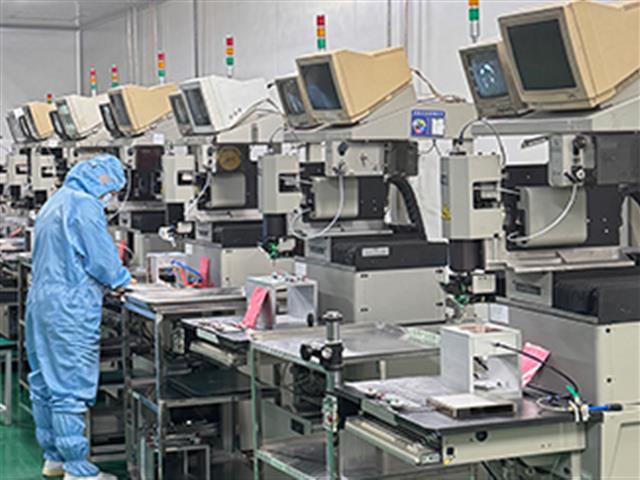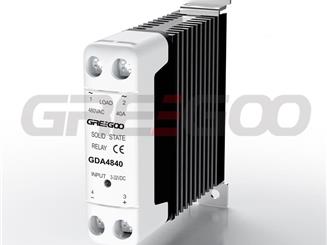DC solid state relay and DC contactor, which one is better?
DC Solid State Relays (DC SSR) and DC contactors are both switching devices used to control circuits, but they have significant differences in working principles, performance and application scenarios:
-
Working Principle:
- DC Solid State Relay (DC SSR): Uses semiconductor devices (such as thyristors, transistors, MOSFETs or IGBT) to achieve circuit switching. It has no mechanical moving parts.
- DC Contactor: Controls the circuit by driving mechanical contacts to open or close through an electromagnetic coil.
-
Performance:
- DC SSR:
- No Mechanical Wear: Due to the absence of mechanical parts, DC SSRs generally have a longer lifespan.
- Fast Response: Capable of switching circuits within milliseconds.
- Noise-Free: Operates silently as there is no mechanical action.
- Low Power Consumption: Requires less power for the control circuit.
- DC Contactor:
- Mechanical Wear: The lifespan may be limited by the wear of contacts due to mechanical movement.
- Slower Response: Compared to SSRs, contactors have a slower response time.
- Noise: Produces mechanical noise when switching.
- Higher Power Consumption: The electromagnetic coil requires more power to maintain contact closure.

- DC SSR:
-
Application Scenarios:
- DC SSR: Suitable for situations requiring fast switching, noise-free operation, and high-frequency switching, such as precision electronic equipment and automation control systems.
- DC Contactor: Suitable for handling high current and high voltage situations, such as electric vehicles and industrial motor control.
-
Cost:
- DC SSR: Generally more expensive than DC contactors, especially in high-current applications.
- DC Contactor: Typically lower cost, suitable for budget-constrained applications.
In summary, the choice between these devices depends on specific application requirements, including current and voltage demands, switching frequency, noise sensitivity, and budget considerations.

Benefits of Pressure Contact Construction in SEMIPACK Thyristor Modules
Solder-free assembly offers several advantages over soldered (e.g., SEMIPACK 1) and bonded (e.g., SEMIPACK 0, 2, 3) constructions, particularly in high-power applications such as converters, regulators, and industrial controllers.
Read More
Transform Your Smart Security and Doorbell Solutions with Our Advanced Millimeter-Wave Radar Module
We are excited to introduce our latest innovation in smart technology – the Low Power Short Range Millimeter-Wave Radar Module, designed to revolutionize your smart security and doorbell solutions.
Read More
Difference Between Stud-Type and Capsule-Type Phase-Controlled Thyristors (PCT)
Capsule-type is better suited for higher power and more demanding heat dissipation requirements, while Stud-type is more appropriate for medium power applications with simpler installation needs.
Read More
1-Phase Solid State Contactors
A unique opportunity for panel space savings, 15A to 60A, 17.5mm width.
Read More













